138 posts
Latest Posts by oursj-p - Page 4
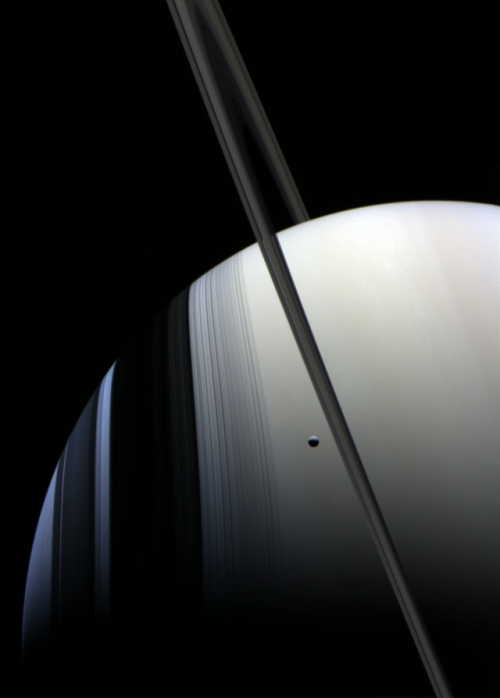
Saturn and Tethys
Image: NASA/JPL/Solaris

19491949… ‘rocket to the Moon!’ - LIFE

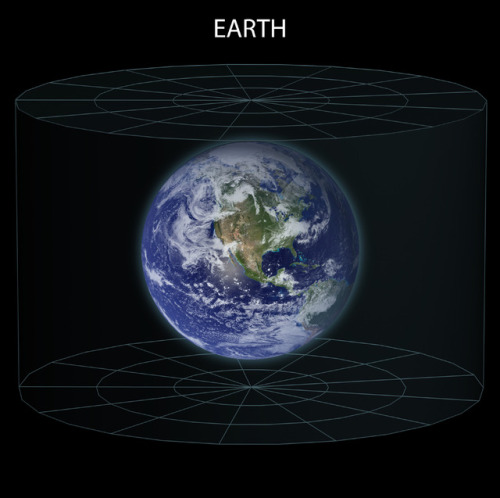
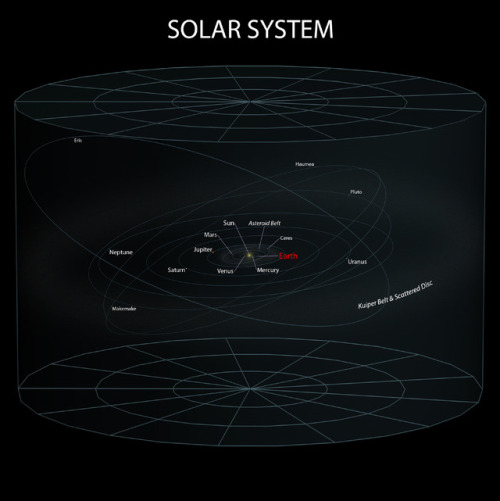
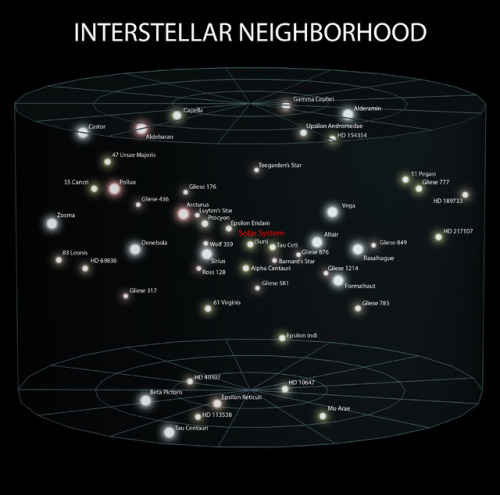
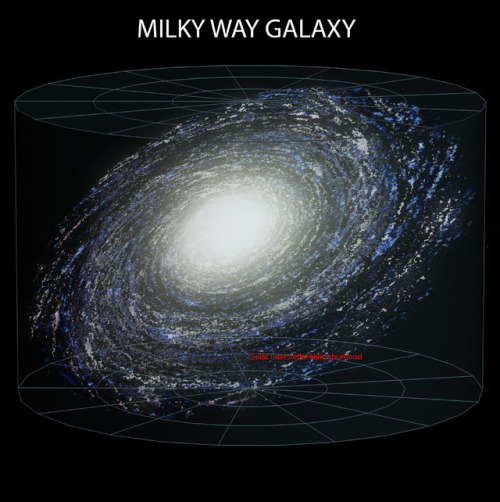
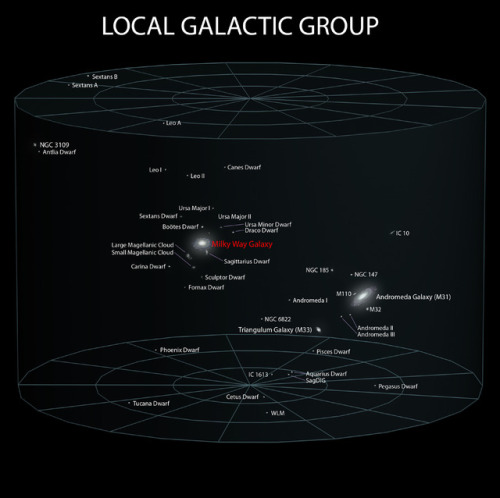
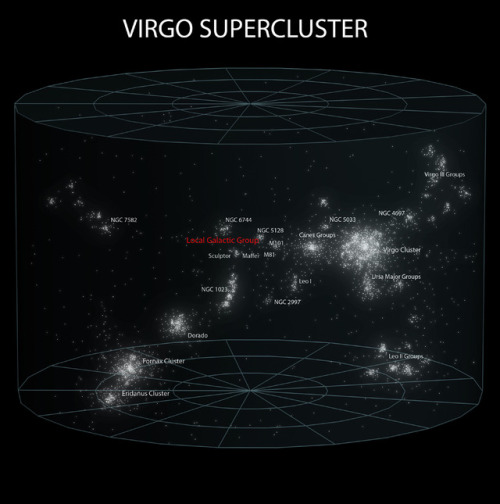
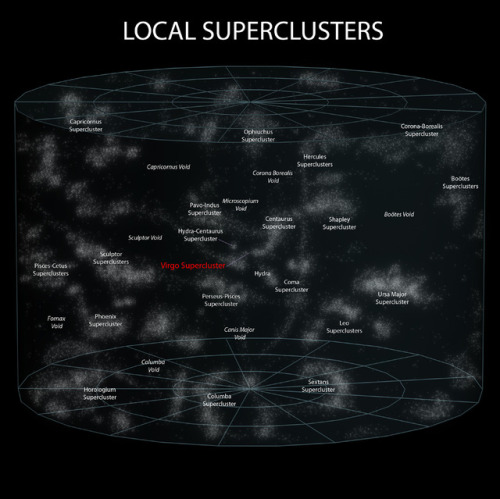
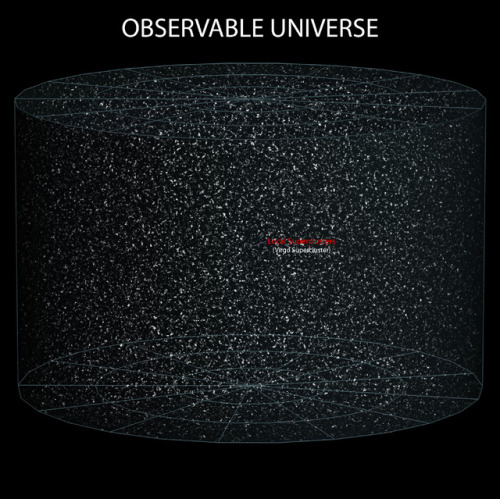
~ wikimedia commons

https://twitter.com/redditSpacePorn/status/930100711177773056?s=09
Découvrez le Tweet de @redditSpacePorn :









Lockheed Martin Mars Base Camp illustrations
https://twitter.com/Sciences_Avenir/status/925393961606438912?s=09
Découvrez le Tweet de @Sciences_Avenir :


At the disused WWII Battlement at Godley Head, Christchurch, New Zealand
js

Aisling D'hooghe, gardienne de l’équipe nationale belge de hockey sur gazon, pour OWN Management. / Make-up: Florence Bracaval.

A Double Star Cluster (NGC869 and NGC884 in Perseus)
Image credit: Oleg Bryzgalov
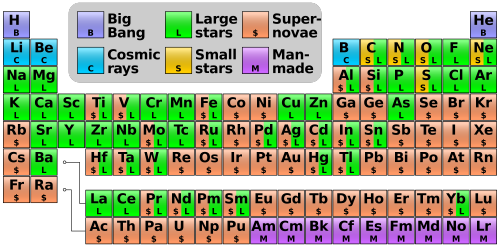
Where Your Elements Came From
The hydrogen in your body, present in every molecule of water, came from the Big Bang. There are no other appreciable sources of hydrogen in the universe. The carbon in your body was made by nuclear fusion in the interior of stars, as was the oxygen. Much of the iron in your body was made during supernovas of stars that occurred long ago and far away. The gold in your jewelry was likely made from neutron stars during collisions that may have been visible as short-duration gamma-ray bursts. Elements like phosphorus and copper are present in our bodies in only small amounts but are essential to the functioning of all known life. The featured periodic table is color coded to indicate humanity’s best guess as to the nuclear origin of all known elements. The sites of nuclear creation of some elements, such as copper, are not really well known and are continuing topics of observational and computational research.
Image Credit: Cmglee (Own work) CC BY-SA 3.0 or GFDL, via Wikimedia Commons
https://twitter.com/Brindille_/status/922019499553050624?s=09
Découvrez le Tweet de @Brindille_ :
https://twitter.com/DenisCosnard/status/919820481204834304?s=09
Découvrez le Tweet de @DenisCosnard :

‘The Fat Bitch’ Waldemar von Kozak

https://twitter.com/Sciences_Avenir/status/917434976047480832?s=09
Découvrez le Tweet de @Sciences_Avenir :



Stellar Spike within the Eagle Nebula
js

2017 October 4
The Soul Nebula in Infrared from Herschel Image Credit & License: ESA, Herschel Space Obs., NASA, JPL-Caltech
Explanation: Stars are forming in the Soul of the Queen of Aethopia. More specifically, a large star forming region called the Soul Nebula can be found in the direction of the constellation Cassiopeia, who Greek mythology credits as the vain wife of a King who long ago ruled lands surrounding the upper Nile river. The Soul Nebula houses several open clusters of stars, a large radio source known as W5, and huge evacuated bubbles formed by the winds of young massive stars. Located about 6,500 light years away, the Soul Nebula spans about 100 light years and is usually imaged next to its celestial neighbor the Heart Nebula (IC 1805). The featured image, impressively detailed, was taken last month in several bands of infrared light by the orbiting Herschel Space Observatory.
∞ Source: apod.nasa.gov/apod/ap171004.html



![Portrait Of NGC 281 [1024x725] Visit Http://spaceviewsandbeyond.blogspot.com/2017/09/portrait-of-ngc-281-1024x725.html](https://64.media.tumblr.com/eeca17f89b5f2195d731fd3af80c4bca/tumblr_ox3ofsyfzo1w094hwo1_500.jpg)
Portrait of NGC 281 [1024x725] Visit http://spaceviewsandbeyond.blogspot.com/2017/09/portrait-of-ngc-281-1024x725.html for more space pics
The Daredevil Spacecraft That Will Touch the Sun
In the summer of 2018, we’re launching Parker Solar Probe, a spacecraft that will get closer to the Sun than any other in human history.

Parker Solar Probe will fly directly through the Sun’s atmosphere, called the corona. Getting better measurements of this region is key to understanding our Sun. For instance, the Sun releases a constant outflow of solar material, called the solar wind. We think the corona is where this solar wind is accelerated out into the solar system, and Parker Solar Probe’s measurements should help us pinpoint how that happens.

The solar wind, along with other changing conditions on the Sun and in space, can affect Earth and are collectively known as space weather. Space weather can trigger auroras, create problems with satellites, cause power outages (in extreme cases), and disrupt our communications signals. That’s because space weather interacts with Earth’s upper atmosphere, where signals like radio and GPS travel from place to place.

Parker Solar Probe is named after pioneering physicist Gene Parker. In the 1950s, Parker proposed a number of concepts about how stars — including our Sun — give off energy. He called this cascade of energy the solar wind. Parker also theorized an explanation for the superheated solar atmosphere, the corona, which is hotter than the surface of the Sun itself.

Getting the answers to our questions about the solar wind and the Sun’s energetic particles is only possible by sending a probe right into the furnace of the Sun’s corona, where the spacecraft can reach 2,500 degrees Fahrenheit. Parker Solar Probe and its four suites of instruments – studying magnetic and electric fields, energetic particles, and the solar wind – will be protected from the Sun’s enormous heat by a 4.5-inch-thick carbon-composite heat shield.
Over the course of its seven-year mission, Parker Solar Probe will make two dozen close approaches to the Sun, continuously breaking its own records and sending back unprecedented science data.

Getting close to the Sun is harder than you might think, since the inertia of a spacecraft launched from Earth will naturally carry it in repeated orbits on roughly the same path. To nudge the orbit closer to the Sun on successive trips, Parker Solar Probe will use Venus’ gravity.
This is a technique called a gravity assist, and it’s been used by Voyager, Cassini, and OSIRIS-REx, among other missions. Though most missions use gravity assists to speed up, Parker Solar Probe is using Venus’ gravity to slow down. This will let the spacecraft fall deeper into the Sun’s gravity and get closer to our star than any other spacecraft in human history.

Get a behind-the-scenes view of the Parker Solar Probe under construction in a clean room on the NASA Sun Science Facebook page.

Keep up with all the latest on Parker Solar Probe at nasa.gov/solarprobe or on Twitter @NASASun.
Make sure to follow us on Tumblr for your regular dose of space: http://nasa.tumblr.com.

Star Wars: The Last Jedi (2017) by Steve Anderson

Ralph McQuarrie